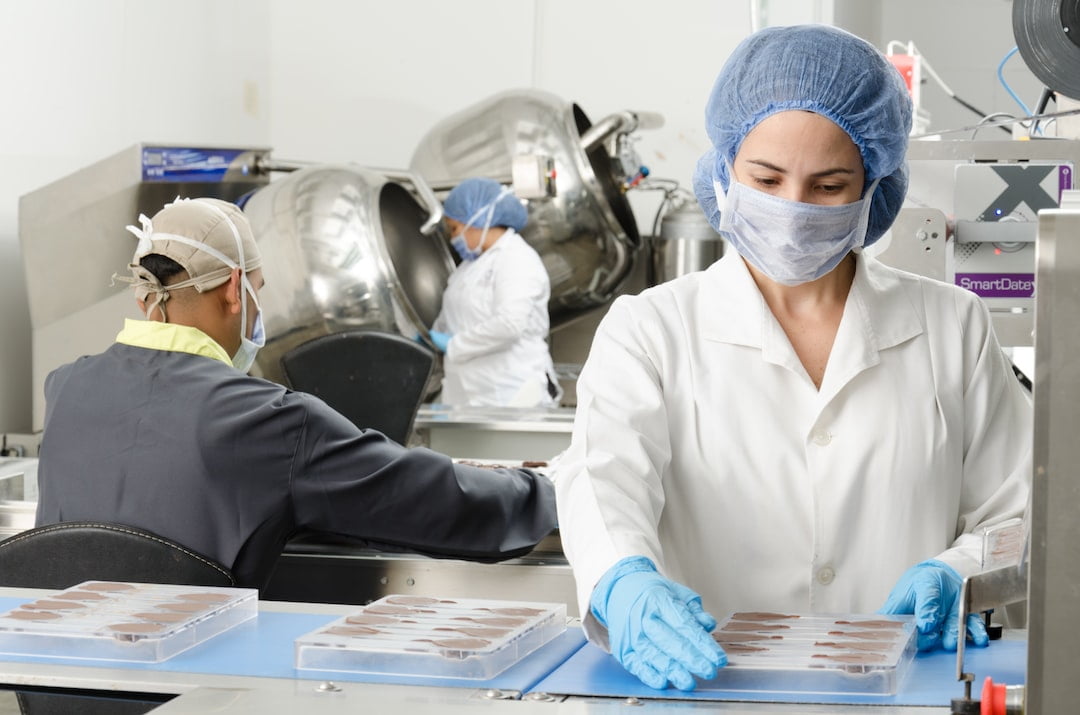Everyone loves a Top Ten list so we though we would join the bandwagon. Below you will find a list of things to do as we start the new year. These items will secure you from hackers, speed up your systems, and make your IT life just a little better.
1. Get Rid of Windows XP..Right Now..Seriously..We’re Not Joking.
If you have seen our past articles you know that after April Microsoft will no longer release any security fixes for XP (end of support). The bad guys are stockpiling exploits to unleash once support ends. Bottom line,If you have a button that says START in the lower left of your screen you will probably be hacked.
2. Switch from the Big Blue ‘E’.
Do you use Internet Explorer to browse the web? If so, stop doing it. Switch to alternative browsers such as Google Chrome or Firefox. You will be more secure, have faster response times, and be able to use extended features. If you use Chrome for example you can sync your browsing data, bookmarks, etc. with any other device that uses Chrome (smart phones, tablets, etc.).
3. Drink some coffee but ditch Java.
HTML5 is now the standard and most websites don’t use Java anymore. It is full of security holes and has many other issues. Removing Java may cut your risk of malware infection by more than 50%. Click here for removal instructions. Make sure you remove all versions.
4. Upgrade to the latest Adobe Reader.
Adobe reader allows the viewing of PDF files but it is also one of the top 3 programs exploited by malware. Keeping it up to date is key. Luckily the latest versions do this automatically for you.Click here to install the latest version. NOTE: Uncheck the installation of McAffee before clicking install now.
5. Test your backup solution before the disaster.
Your files are backed up and secure right? Are you sure? When is the last time you did a test restore? We didn’t think so. Take 5 minutes out of your day to restore some business critical files from your backup solution (tape, disk, cloud) just to make sure your data is really being backed up. Wireguided does offer a business grade cloud backup solution if you are still backing up to tape or a USB drive stuck under your bed.
6. Test your UPS (battery backup). Don’t have one, buy one.
The batteries on a UPS die just like any other battery. Most have a simple button you can press to test it. Press the button and if it beeps you should be good. Other models may have a red light when it is time to replace. Winter storms mean power outages. Power outages mean crashed computers.
7. Switch to laser printing and save money.
Did that $70 inkjet printer just cost you over $300 in toner? Laser printers can now be purchased for under $200. The toner lasts much longer, the printers are built better, and the paper will not smear. There is really no use for an inkjet anymore unless you have extra money to burn.
8. Change your passwords the right way.
How many passwords do you have? 3,4,5,10? The more passwords you have the more insecure they are. A simple way to manage your passwords is to have three levels. One for web sites that are looking for an account but have no personal information (e.g., news websites, games, etc.). One for social media sites and sites you order items from (e.g., Amazon, Facebook, Twitter, etc.). And the most secure for banking and other sites with personal information. To make a secure password that is easy to remember make sure it is at least 8 characters long. Think of a phrase and pick the first letter of each word. Add a number at the end or in between the letters and there you go. Add a special character and you have a secure password you can remember. Or you can just go here.
9. Clean up the junk in two clicks.
If you have a PC go and download the free version of CCleaner and run it. If your machine is over a year old you should see improved performance. You may also want to go to your installed programs, sort by installation date, and remove items that are no longer needed or installed without your knowledge.
10. Shutdown your computer when not using it. A reboot couldn’t hurt either.
Many people never shutdown or reboot their computers. We have seen users keep machines on for months. This is bad for many reasons such as wear and tear on the machine (fans do not like spinning non-stop) and power cost (a high end machine on non-stop can cost as much as $600/year). The top reason from an end user point of view would be that shutting down and rebooting a machine cleans it up and helps keep things stable. Think of how you are when you get no sleep. Now look at your machine you have kept on for months and wonder no more why it is acting strange.
Conclusion
We could have added many more but these should be a good start. Follow these steps,make sure your antivirus is up-to-date, don’t click on zip attachments from ‘UPS’ or the ‘IRS’ and your 2014 should be a happy one. Please feel free to share this article.
-Tim


 Esther Griswold
Esther Griswold Bruce DelleChiaie
Bruce DelleChiaie Andrew Hegarty
Andrew Hegarty Lisa Wollaston
Lisa Wollaston



